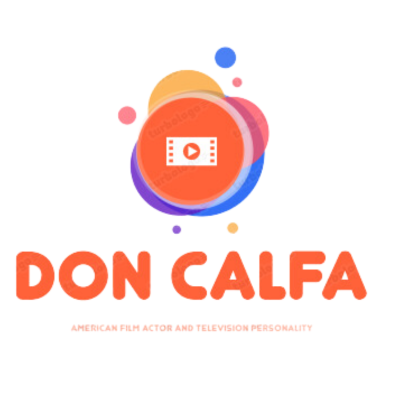“What is Animation?”
Animation is a process where a sequence of images or objects are rapidly displayed in a specific order to create the illusion of movement. It involves the production of images or visuals that change over time through a series of frames or drawings. This can be done through various techniques, such as hand-drawn animation, computer-generated animation, stop motion, or 3D animation. Animation is commonly used in films, television shows, video games, advertisements, and other forms of media to bring characters and stories to life.
“Understanding Animation”
Animation is a visual art form that brings static images or inanimate objects to life through the illusion of movement. It has been a popular medium for storytelling and entertainment for many years, and can be found in various forms such as movies, television shows, video games, and advertisements.
At its core, animation works by displaying a series of images, known as frames, in rapid succession. Each frame is slightly different from the previous one, creating the illusion of movement when viewed in sequence. This technique, called persistence of vision, takes advantage of the human eye’s ability to retain an image for a fraction of a second after it has disappeared.
There are different types of animation techniques used to create movement in a variety of styles. Traditional animation involves hand-drawing each frame on paper, followed by transferring them onto transparent celluloid sheets, or cels, which are then photographed to create the final animation.
Another popular technique is computer animation, which uses specialized software and hardware to create and manipulate images digitally. Computer-generated imagery (CGI) has become increasingly realistic and sophisticated, allowing animators to create highly detailed and visually stunning animations.
Animation can also be classified based on its intended audience. Some animations are aimed at children and feature colorful characters and simple storylines, while others are designed for mature audiences and explore complex themes. Animation can be used to tell a wide range of stories, from light-hearted comedies to emotional dramas.
In addition to its entertainment value, animation has also been used for educational purposes. Animated videos can simplify complex concepts and make them more accessible and engaging for learners of all ages. It has also been used in scientific visualizations, architectural presentations, and medical illustrations.
Overall, animation is a powerful medium that combines artistic skill, technology, and imagination to create captivating visuals and bring stories to life. Whether it’s the hand-drawn animations from the early days of cinema or the finely crafted CGI of modern blockbusters, animation continues to evolve and captivate audiences around the world.
“Exploring the World of Animation”
Animation is a captivating and imaginative way to bring stories, characters, and ideas to life. It is a visual art form that combines technology, creativity, and storytelling to create moving images and characters.
In today’s world, animation is not just limited to cartoons and children’s entertainment. It has become a versatile medium used in various industries such as film, advertising, gaming, education, and more. From animated feature films like “The Lion King” and “Frozen” to animated advertisements and explainer videos, animation is a powerful tool for communication and expression.
There are several techniques used in animation, including traditional hand-drawn animation, stop-motion animation, computer-generated animation, and 3D animation. Each technique has its own unique style and application. Traditional hand-drawn animation involves creating individual frames by hand and then compiling them to create motion. Stop-motion animation involves manipulating physical objects or models incrementally and capturing frames to create movement. Computer-generated animation involves the use of software and computer graphics to create lifelike characters and environments. 3D animation is a subcategory of computer-generated animation that brings three-dimensional objects to life, adding depth and realism.
The process of creating an animation involves several steps, starting with the development of an idea or concept. This is followed by storyboarding, which involves sketching out the key scenes and actions that will take place in the animation. After storyboarding, the animation is created frame by frame, whether by hand or digitally. This includes creating the characters, backgrounds, and objects, as well as animating their movements. Once the animation is complete, it is often combined with sound effects, music, and dialogue to enhance the overall experience.
Animation offers endless possibilities in terms of storytelling and visual expression. It allows artists and creators to bring their imagination to life and transport viewers to new worlds and experiences. Whether it’s a heartwarming story, a thrilling adventure, or a thought-provoking message, animation has the power to captivate and inspire audiences of all ages.
As technology continues to evolve, animation is becoming even more accessible to creators around the world. With the rise of animation software and online platforms, anyone with a passion for storytelling and creativity can dive into the world of animation and explore its endless possibilities.
